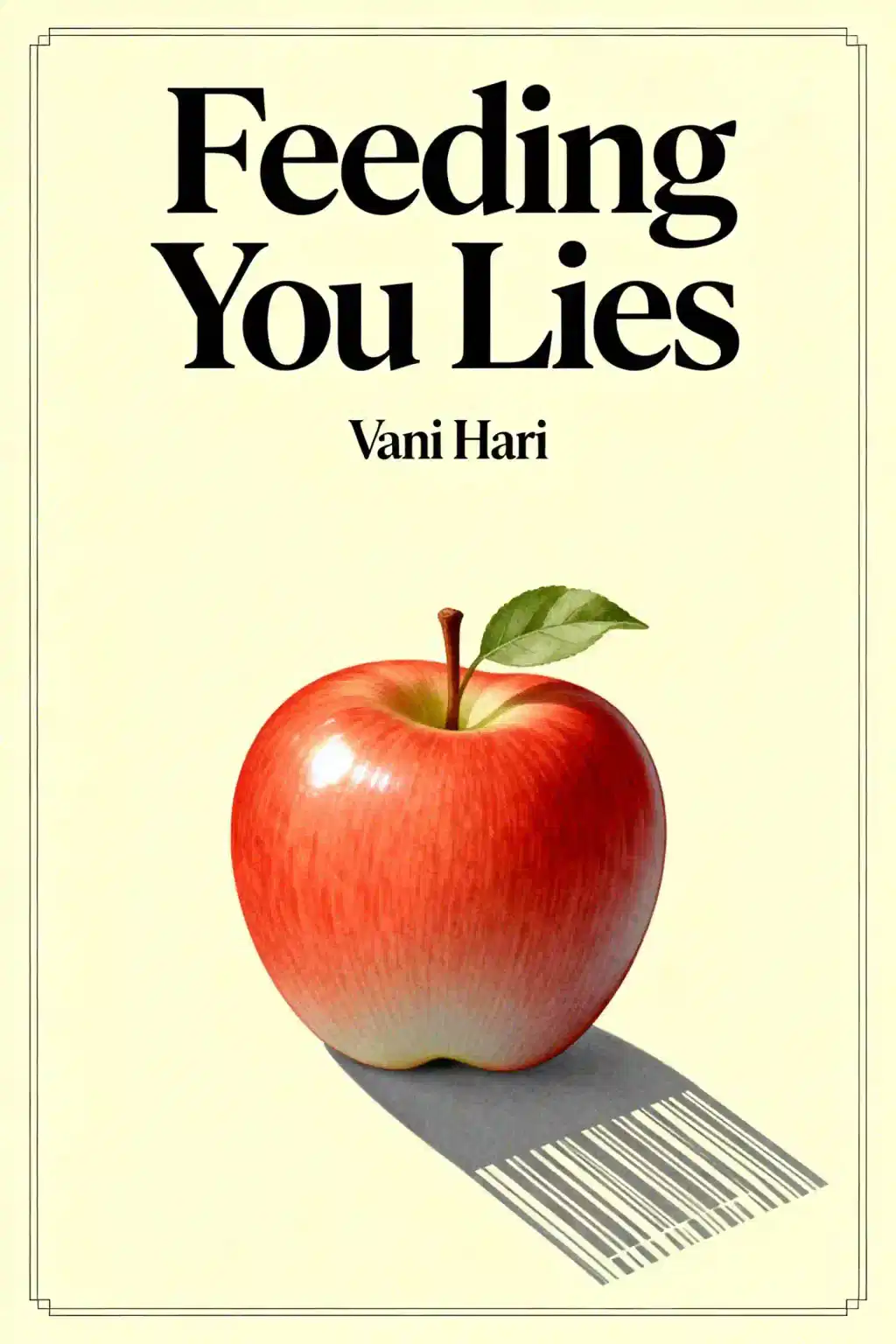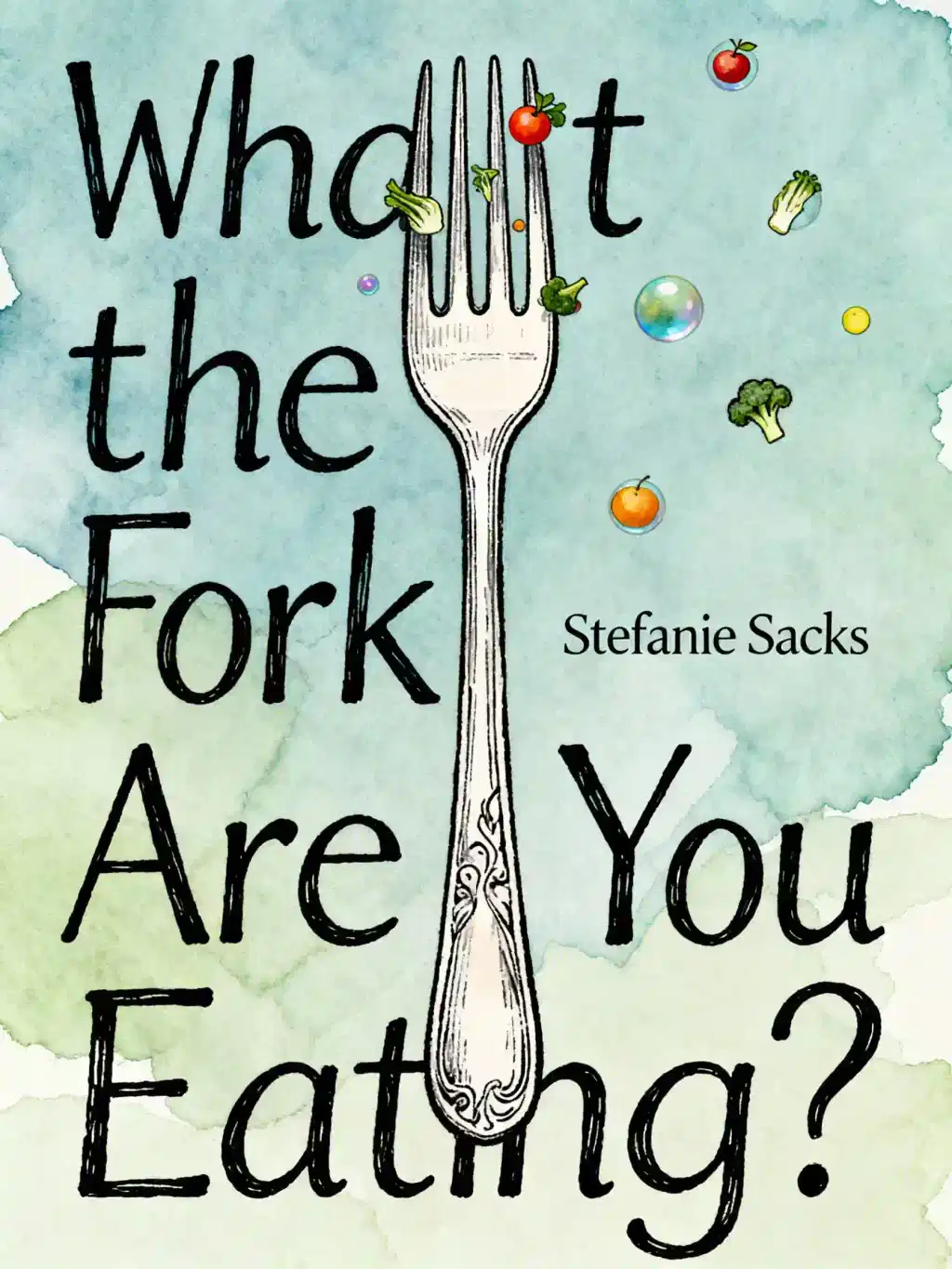What is
Sugar Has 56 Names by Robert H. Lustig about?
Sugar Has 56 Names exposes how food manufacturers disguise sugar under 56 different ingredient names like "evaporated cane juice" and "diastatic malt." Dr. Robert H. Lustig, a leading obesity researcher, provides a practical guide to decoding food labels and avoiding hidden sugars in everyday grocery items, empowering readers to make healthier dietary choices.
Who should read
Sugar Has 56 Names?
This book is essential for health-conscious shoppers, parents managing childhood nutrition, and individuals with diabetes or metabolic disorders. It’s also valuable for anyone seeking clarity on deceptive food labeling practices and aiming to reduce sugar intake without sacrificing convenience.
Is
Sugar Has 56 Names worth reading?
Yes—readers praise its concise, actionable insights for identifying hidden sugars, though some note its brevity. It’s hailed as a critical tool for navigating grocery aisles and understanding the link between sugar consumption and chronic diseases like obesity and diabetes.
What are the 56 names of sugar listed in the book?
The book catalogs aliases like "panocha," "barley malt," and "fruit juice concentrate" used to mask sugar content. Lustig emphasizes that these terms intentionally confuse consumers, allowing processed foods to bypass regulatory limits on added sugars.
How does
Sugar Has 56 Names help with grocery shopping?
Lustig provides real-world examples of common products (e.g., cereals, sauces) and their total sugar content, alongside strategies to prioritize whole foods. He advises checking for fiber content to slow sugar absorption, a key tactic for metabolic health.
What role does fiber play in managing sugar intake, according to the book?
Lustig explains that soluble fiber (e.g., pectin) forms a gut barrier to slow sugar absorption, preventing liver overload. He argues that processed foods strip out fiber, exacerbating sugar’s harmful effects—a core theme in his dietary recommendations.
What surprising foods does
Sugar Has 56 Names reveal as high-sugar culprits?
The book highlights unsuspecting items like salad dressings, granola bars, and "healthy" snacks often loaded with hidden sugars. Lustig warns that "low-fat" products frequently compensate with added sweeteners.
How does
Sugar Has 56 Names compare to Lustig’s other books like
Fat Chance?
While Fat Chance delves into the science of obesity, this guide focuses on practical, everyday solutions. It’s a shorter companion piece aimed at immediate application, ideal for readers seeking quick reference rather than in-depth analysis.
What critiques exist about
Sugar Has 56 Names?
Some reviewers wish it included more extended dietary strategies or recipes. However, most agree it succeeds as a focused primer on label literacy, despite its concise format.
How does the book address current sugar consumption trends?
Lustig ties hidden sugars to rising diabetes rates and outdated FDA labeling standards. He argues for stricter industry regulations and consumer education to combat the public health crisis.
What quote from
Sugar Has 56 Names encapsulates its message?
“Sugar hides in plain sight—your liver doesn’t care what it’s called, only what it does.” This underscores Lustig’s premise that all sugar types harm metabolism, regardless of their marketing-friendly names.
Why is
Sugar Has 56 Names relevant in 2025?
With processed foods dominating diets and sugar-linked diseases escalating, Lustig’s guide remains critical for navigating increasingly complex food marketing tactics. Its actionable advice aligns with growing demand for transparent nutrition labeling.














